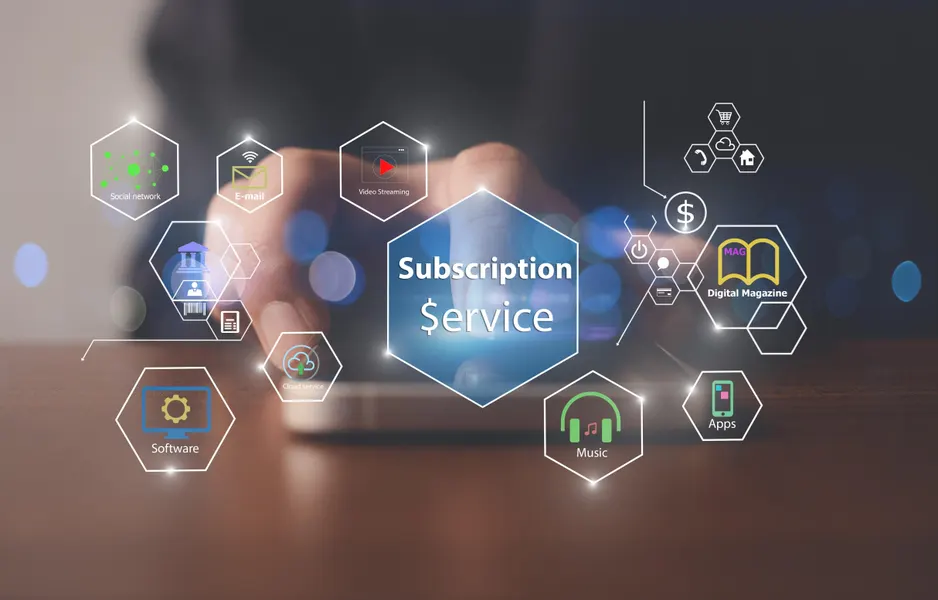The subscription economy has transformed how businesses deliver products and services. From streaming platforms like Netflix to subscription boxes, cloud software, and even groceries, recurring business models are everywhere. Customers love them for their convenience, predictability, and personalization, while businesses benefit from steady revenue and stronger customer relationships.
What Is the Subscription Economy?
The subscription economy refers to a business model where customers pay a recurring fee—monthly, quarterly, or annually—for continued access to a product or service. Instead of making one-time purchases, people “subscribe” to ongoing value.
This model is not new. Newspapers and magazines used subscriptions decades ago. But in today’s digital age, technology has made it easier than ever for businesses of all sizes to offer subscription-based products and services.
Why Customers Love Subscriptions
- Convenience – Customers don’t have to worry about reordering. Products and services are delivered automatically.
- Cost-Effective – Subscriptions often offer discounts compared to one-time purchases.
- Personalization – Many subscription services tailor offerings to customer preferences (e.g., Spotify playlists, meal kits, or curated beauty boxes).
- Access Over Ownership – Customers can access what they need without having to own it—think software (SaaS), ridesharing, or streaming content.
- Consistency – Subscriptions provide a reliable, hassle-free experience.
Why Businesses Love Subscriptions
For businesses, the subscription economy is more than a trend—it’s a sustainable strategy.
- Predictable Revenue – Recurring payments ensure stable cash flow.
- Customer Retention – Instead of chasing new buyers, companies focus on long-term relationships.
- Scalability – Subscription models can grow rapidly with digital platforms.
- Data Insights – Regular customer interactions provide valuable data to refine services.
Examples of Successful Subscription Models
- Netflix – Revolutionized entertainment by replacing DVD rentals with unlimited streaming.
- Amazon Prime – Combined fast delivery, movies, music, and more under one subscription.
- Dollar Shave Club – Simplified personal care with affordable, direct-to-consumer shaving products.
- Adobe Creative Cloud – Transitioned from one-time software licenses to SaaS, boosting profits.
The Challenges of Subscription Models
While powerful, subscription businesses face challenges like customer churn, subscription fatigue, and increasing competition. To succeed, companies must deliver consistent value, adapt to customer needs, and avoid overwhelming customers with too many subscription options.
Building Trust in the Subscription Economy
Trust plays a huge role. Customers need confidence that they’ll receive quality and consistency every time. Many businesses start by securing credibility through professional operations, transparent policies, and even essential steps like Bank Account Opening to ensure smooth transactions and trust in their financial processes.
The Future of the Subscription Economy
The subscription economy will continue expanding beyond digital services. Expect to see more sectors—from healthcare to education and sustainability—adopt recurring models. For example:
- Green Energy Subscriptions – Paying monthly for clean energy access.
- Education-as-a-Service – Ongoing learning platforms replacing traditional one-time courses.
- Health & Wellness – Personalized subscription plans for fitness, diet, and wellness.
The model’s future lies in personalization, flexibility, and value. Companies that continuously innovate while respecting customer needs will thrive.
ALSO READ: small business the best
Keep an eye for more latest news & updates on Vents Magazine!


